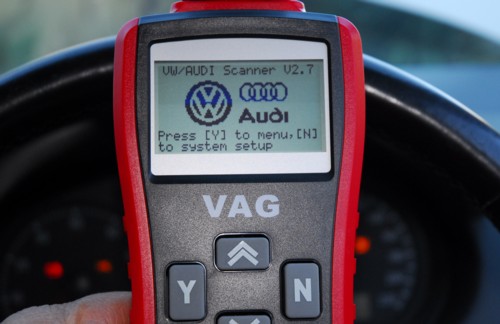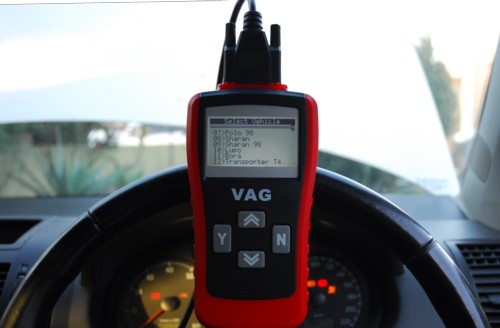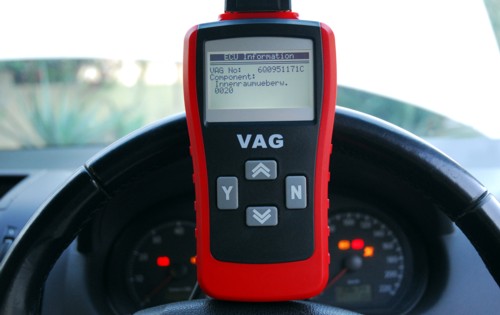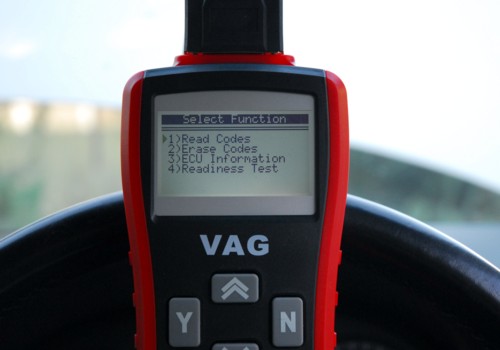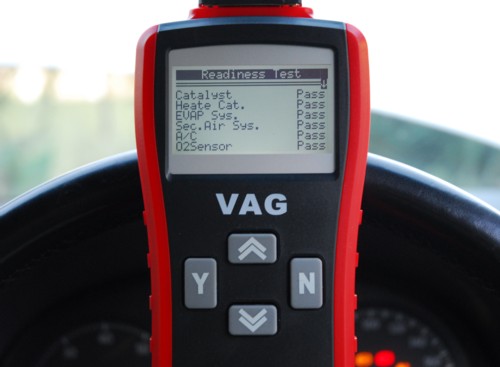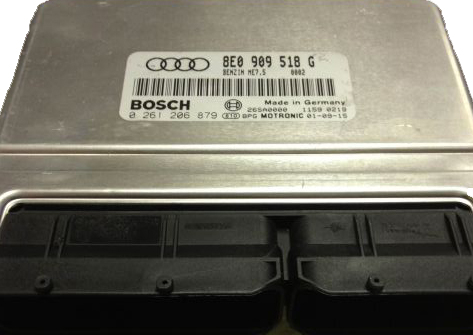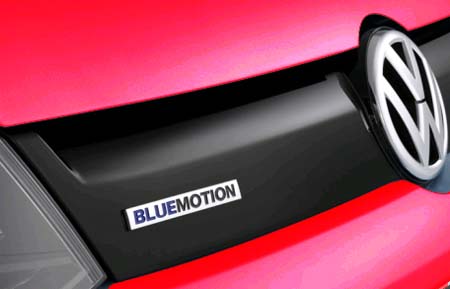Volkswagen
Volkswagen cars are extremely popular. In fact, they are so popular that Volkswagen as a brand is the favourite car of many South Africans, besides being the most popular car sold on the South African market. Volkswagen cars are also popular elsewhere and are sold in virtually every country throughout the world; but its popularity and its global acclaimed robustness doesn't make it indestructible.
Volkswagen cars give problems, in fact they are more troublesome now, than they've ever been. The reason, the ODB-II system with its ever increasing number of ECUs. This system has several features that means well, like controlling toxic emissions, like giving you the best fuel efficiency; and is capable of detecting minor issues or glitches before they actually occur, among so many other beneficial features.
However, like every coin has two sides, and as there are always two side to every story, there is also a reaction to every action. Meaning for every beneficial feature of OBD-II there is a detrimental feature to OBD-II. OBD-II is essentially a computer system with a host of additional computer modules remotely placed through the body of the car, some of which have an effect on the Engine ECU.
These modules or sub-ECUs oversee various features, like an airbag controller module/ECU that supervises the airbag. This module is connected to crash sensors placed in strategic positions in the car, that triggers when a crash occurs and ensure that the airbag is inflated within the required time frame. Then there is also an immobilizer module/ECU that supervises the starting process ensuring the correct code from the key transponder chip corresponds with its randomly generated code. There is also an ABS Brakes module, a Gateway module, a Steering Assist module, an Instrument Module, a Central Convenience module, a Radio module, to mention but a few. All of which are potentially sources of problems.
If we only look at the Airbag and the Immobilizer modules/ECUs, both will impede driveability and the starting of the car, by influencing the Engine ECU. If the Engine ECU doesn't received the expected signal from either, it would refuse to start the engine. The Engine ECU is the heart of the ODD-II and normally sits in the engine compartment or inside the car under the dashboard. All three these modules/ECUs mentioned, sometimes also referred to as nodes, are in within a meter of on another but here's the downside.
To get them to sing in harmony they are connected together by a wiring harness. This wiring harness plugs into each and every node in the car, and also share a common twisted-pair wire-connection called a bus which is terminate at each of its ends with 120 Ω resistors. This bus can be either Controller Area Network (CAN) or Local Interconnect Network (LIN) or even FlexRay. Each module also has a power supply and an earth connection. All of these wire connections are potentially sources of problems.
The average car can have anything between 5 and 100 modules/ECUs, some ECUs have as few as six connections and others as many as 80 or 94 or even more. Each of these physical connections are prone to corrosion, metal fatigue and physical flexing due to suspension vibration and is a source of future problems. Some ECU's earth connection is solely made through body contact and if it looses contact due to vibration or water ingress, it will undoubtedly cause an error or errors.
These errors are stored in the ECU's non-volatile memory which can at times be quite cryptic. I can say that without doubt that every "automotive technician" has misinterpreted DTCs and replaced unnecessary components in the process. Even returned cars to the owners claiming that they solved the problem but didn't, they were just under the misapprehension that they did.
If any connection out of this glut of connections becomes intermittent for some reason or the other, it would be like trying to find a needle in a haystack and there are so many "automotive technician" that have never touched a needle nor even seen a haystack, let alone find a needle in a haystack. Be that as it may, one of the advantages of OBD-II is that it increases the likelihood of a DIY fix, providing the fixer is fairly dexterous and have some electronic and mechanical knowledge and have access to a diagnostic scanner.
A fairly common plug connection that goes intermittent, is the one that connects to the throttle body. It supplies the voltage to the stepper motor that controls the throttle butterfly valve. This plug also sends feedback to the ECU so that it knows how wide open or close the valve is. So many mechanics insist on stripping the throttle body due to a throttle body DTC and claim after cleaning it, the problem was solved. However a few days later the error would be back. A word of caution, Don't suspect replaceable parts especially if it has less that 100 000 km on its clock. Exhaust the possibility that it's a possible wiring harness problem before replacing expensive items because they can never be returned to the agents after its been installed.
Another intermittent connection it the 6 pin plug that interfaces with the accelerator pedal. This is a common source of the dreaded EPC problem. In many cases, a squirt of electro cleaner may solve this problem. That's to say until it's triggered by something else. It's worth while to check the voltage supply stability and ground impedance between the 6 pin plug and the ECU. Remembering that the pedal's earth connection is grounded inside the ECU and the ECU is grounded to the body or chassis and not the engine. In some cases, the ECU will function normally because its metal casing is not earthed.
Also, don't be tempted to earth the pedal earth directly to the body when there is a significant resistance reading. Rather replace that portion of the wiring harness that may have gone high resistive. Offset ground connections and ground loops can cause voltage drops and magnetic impedance which are major causes of noise hum, and interference in computer systems (ECU). So don't alter the the existing ground connections because it could introduce issues you've never experienced before.
A fairly common plug connection that goes intermittent, is the one that connects to the throttle body. It supplies the voltage to the stepper motor that controls the throttle butterfly valve. This plug also sends feedback to the ECU so that it knows how wide open or close the valve is. So many mechanics insist on stripping the throttle body due to a throttle body DTC and claim after cleaning it, the problem was solved. However a few days later the error would be back. A word of caution, Don't suspect replaceable parts especially if it has less that 100 000 km on its clock. Exhaust the possibility that it's a possible wiring harness problem before replacing expensive items because they can never be returned to the agents after its been installed.
Another intermittent connection it the 6 pin plug that interfaces with the accelerator pedal. This is a common source of the dreaded EPC problem. In many cases, a squirt of electro cleaner may solve this problem. That's to say until it's triggered by something else. It's worth while to check the voltage supply stability and ground impedance between the 6 pin plug and the ECU. Remembering that the pedal's earth connection is grounded inside the ECU and the ECU is grounded to the body or chassis and not the engine. In some cases, the ECU will function normally because its metal casing is not earthed.
Also, don't be tempted to earth the pedal earth directly to the body when there is a significant resistance reading. Rather replace that portion of the wiring harness that may have gone high resistive. Offset ground connections and ground loops can cause voltage drops and magnetic impedance which are major causes of noise hum, and interference in computer systems (ECU). So don't alter the the existing ground connections because it could introduce issues you've never experienced before.
